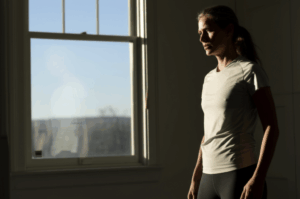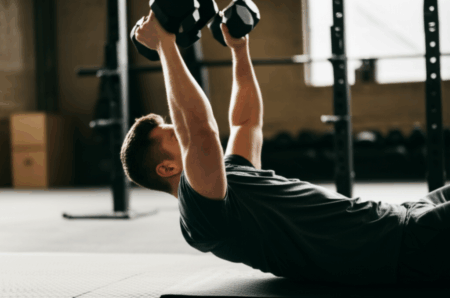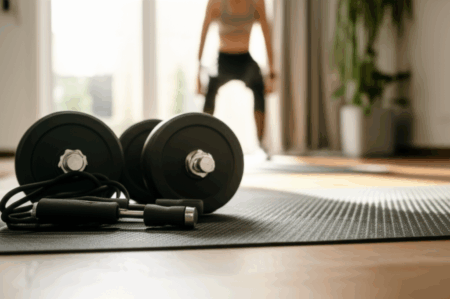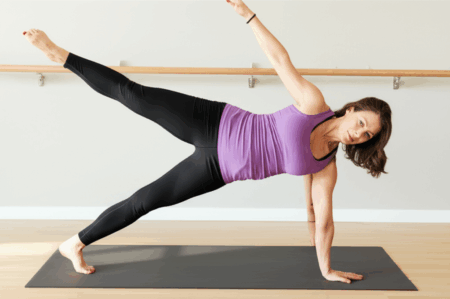The inevitable march of time brings with it unique challenges, a reality recently highlighted by Bollywood legend Amitabh Bachchan. At 82, the iconic actor candidly shared his struggles with everyday tasks, such as needing grab bars around the house and sitting down to wear trousers to avoid losing balance. “The body gradually begins to lose its balance, and there is a need to work on it to check and improve,” he observed. This honest reflection resonates with many older adults globally, underscoring the critical importance of proactive health measures, particularly exercise, as advised by geriatric doctors.

The Unseen Battle: Understanding Age-Related Physical Decline
As we age, our bodies undergo significant changes that can impact mobility, strength, and balance. Two primary concerns for older adults are sarcopenia and decreased bone density, both of which increase the risk of falls.
Sarcopenia: The Silent Loss of Muscle
Sarcopenia refers to the progressive loss of muscle mass and strength that occurs with aging. After the age of 30, adults can lose 3% to 5% of their muscle mass per decade, and this rate accelerates after 60. This decline makes everyday activities—like climbing stairs, lifting objects, or even rising from a chair—increasingly difficult and can significantly impact quality of life and independence. Sarcopenia is also a major contributor to balance issues and a higher risk of falls.
Diminished Bone Density and Fall Risk
Coupled with muscle loss, many older adults experience a decrease in bone density, often leading to conditions like osteoporosis. Weakened bones are more susceptible to fractures from falls, turning a simple stumble into a serious injury. Falls are a significant concern for seniors; each year, over 25% of adults aged 65 or older experience a fall, with 3 million requiring emergency treatment for fall-related injuries.

The Geriatric Doctor’s Prescription: Exercise as a Shield
Geriatric doctors and physical therapists emphasize that a tailored exercise regimen is not just beneficial but crucial for mitigating the effects of aging, building muscle, and significantly reducing fall risk. As Dr. Wali, senior consultant in medicine at Sir Ganga Ram Hospital, noted regarding Amitabh Bachchan’s commitment to early morning exercise, “That’s the secret of anti-ageing and keeping your balance in old age”.
A comprehensive exercise program for seniors typically focuses on four key areas: strength training, balance, flexibility, and endurance.
Building Muscle: Strength Training for Sarcopenia
Resistance or strength training is paramount for combating sarcopenia and building muscle mass. Studies show that consistent engagement in resistance training can lead to significant improvements in muscle strength within months. This type of exercise involves moving your body or a weight against resistance, which signals your muscles to grow stronger.
Recommended strength exercises for seniors include:
- Sit-to-Stand Squats: This exercise builds leg strength and improves body mechanics and balance. Start by sitting on a sturdy chair and rising to a stable standing position, then slowly sitting back down. Perform 2-3 sets of 10-15 repetitions.
- Modified Push-ups: Strengthens chest, shoulders, and triceps, crucial for pushing oneself up after a fall. Wall push-ups are a great starting point: stand facing a wall, place hands shoulder-width apart, and bend elbows to lower your chest towards the wall, then push back.
- Dumbbell Rows/Resistance Band Pulls: Targets upper body and back muscles. Use light weights or resistance bands, pulling them towards your hips while keeping your back straight.
- Standing Calf Raises: Strengthens calf and thigh muscles, improving overall balance and flexibility. Hold onto a chair for support and lift your heels off the ground, then slowly lower.
- Lunges: Improve balance and strengthen leg muscles (hips, knees, ankles). Start with feet hip-width apart, take a step forward, and bend both knees to about 90 degrees.
For optimal results, aim for 2-4 weekly sessions, allowing muscles time to recover. Progressive resistance training can help seniors gain 1-2% muscle mass monthly.
Enhancing Stability: Balance Exercises to Prevent Falls
Balance training is critical for fall prevention, particularly as balance can be affected by vision changes, inner ear problems, and medication use. These exercises help improve coordination and stability, making daily movements safer.
Effective balance exercises include:
- Feet Apart/Feet Together: Stand with feet shoulder-width apart, then together, holding steady for 10-30 seconds. Progress to standing on one foot.
- Single-Leg Stance: Holding onto a chair for support, lift one foot off the ground and maintain balance on the standing leg. Switch legs after a few seconds.
- Heel-to-Toe Walk (Tandem Walk): Walk by placing the heel of one foot directly in front of the toes of the other, as if walking on a tightrope. This improves coordination and balance.
- Sideways Walking/Side Stepping: Helps with lateral movement and strengthens hip and thigh muscles for stability. Step one foot out to the side, then return it, repeating with the other foot.
- Tai Chi and Yoga: These practices are highly recommended for improving balance, flexibility, and overall functional movement, though modifications may be needed for those with severe osteoporosis.
Start with exercises that allow you to hold onto a sturdy surface like a kitchen counter or chair for support. Gradually increase the duration or challenge as your balance improves.
Maintaining Mobility: Flexibility and Endurance
While strength and balance are primary, flexibility and endurance also play vital roles in overall senior health and fall prevention.
- Flexibility: Stretching helps maintain range of motion in joints, preventing stiffness and making movements easier. Gentle stretches for major muscle groups should be incorporated into a routine.
- Endurance (Aerobic): Activities that raise your heart rate, such as brisk walking, swimming, or cycling, improve cardiovascular health and overall stamina. Walking is particularly beneficial and can even help prevent and reverse sarcopenia. Weight-bearing aerobic exercises like walking, stair climbing, dancing, and hiking also contribute to bone strength.
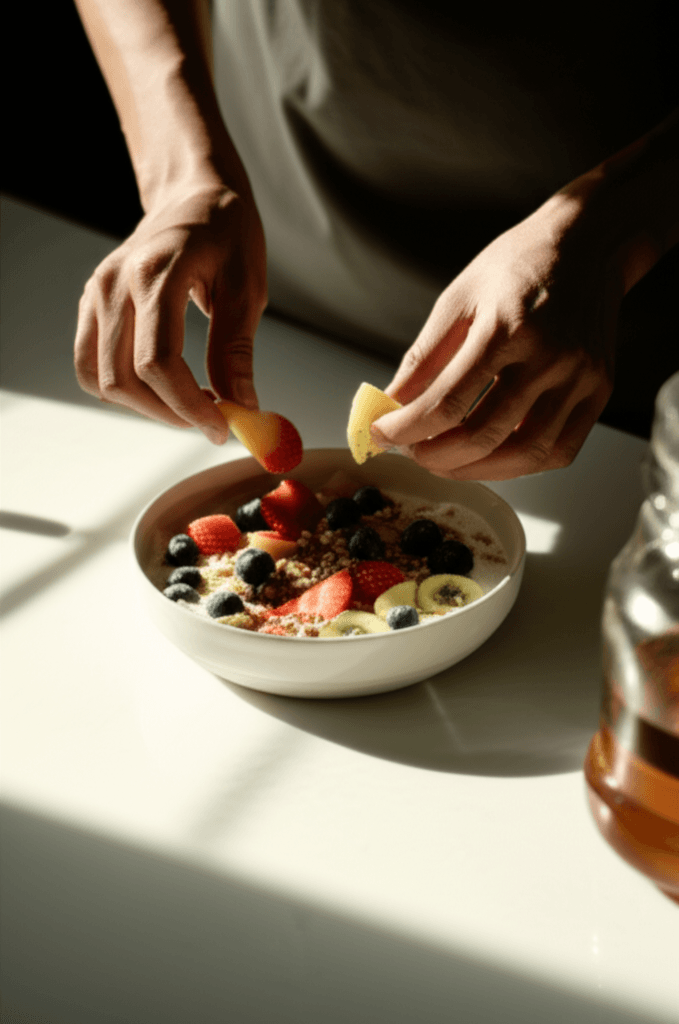
Practical Advice for Starting and Sustaining a Routine
Embarking on a new exercise regimen, especially later in life, requires a thoughtful approach.
- Consult Your Doctor: Always speak with your doctor or a physical therapist before starting any new exercise program, especially if you have pre-existing conditions or are at high risk of falls. They can help tailor a routine to your specific needs and fitness level.
- Start Small and Progress Gradually: Begin with a few repetitions or shorter durations and slowly increase as your strength and confidence grow. Even short, regular sessions are beneficial.
- Listen to Your Body: Some muscle soreness is normal, but pain in joints or sharp pain means you should stop and consult a professional.
- Consistency is Key: Regular exercise, ideally two to three times a week for strength and balance, combined with daily walking, yields the best results.
- Make it Enjoyable: Choose activities you like, exercise with a buddy, or join a community class to stay motivated.
Amitabh Bachchan’s candid admission serves as a powerful reminder that aging brings its unique set of physical challenges, but it also highlights the profound impact that proactive measures, particularly consistent and targeted exercise, can have. By integrating strength, balance, flexibility, and endurance training into daily life, guided by expert advice, older adults can build resilience, maintain independence, and enjoy their golden years with greater confidence and reduced risk of falls.


